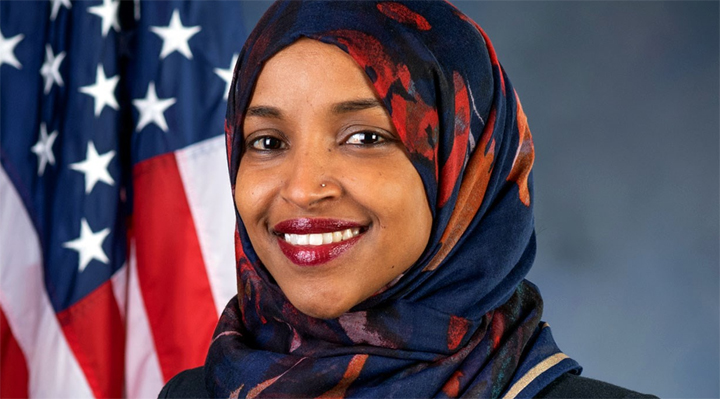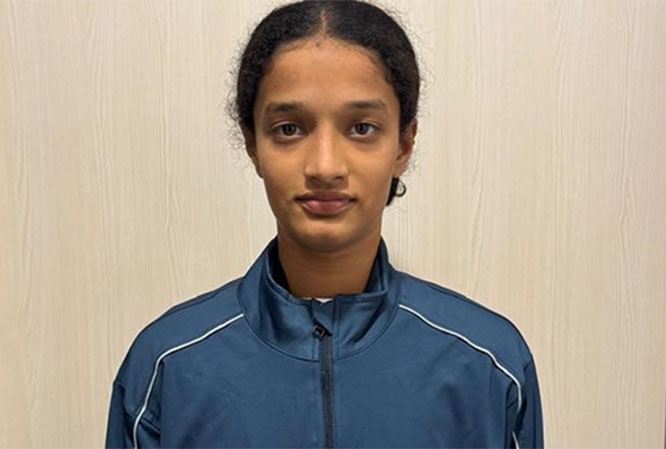
US Representative Ilhan Omar has won a second term in the Congress Minnesota’s 5th congressional district in Minneapolis, Minnesota.
Omar, 38, defeated her Republican challenger, African American businessman Lacy Johnson, by 64.6 percent of the vote to 25.9 percent, according to The Associated Press news agency with 99 percent of votes counted.
Omar is the first Somali American member of the US Congress and one of the first two Muslim women to be elected to Congress in 2018.
She is a member of the so-called “Squad” of four freshman progressive Democratic congresswomen that includes Rashida Tlaib from Detroit, Alexandria Ocasio-Cortez from New York City and Ayanna Pressley from Boston.
The four represent a new emerging faction of young, progressive politicians who are pushing the established House leadership of the Democratic Party.
Her aggressive advocacy on liberal issues, anti-Israel comments and eagerness to take on US President Donald Trump have made her even more prominent.
She has frequently become a target of criticism and defamatory comments from the president and other Republicans.
Last month, Omar hit back at Trump, calling him “racist” after he disparaged her during a campaign rally and falsely implied that she is not American.
Omar is vocal in her opposition to other US-foreign allegiances, including the relationship with Saudi Arabia and the United Arab Emirates (UAE).
In an interview with Al Jazeera last year, she said: “Our ‘allied-ship’ with Saudi Arabia and the Emirates is immoral. I believe that it is one of the most absurd allied-ships; it doesn’t fit with any of our values.”
Her Republican rival Johnson was a first-time political candidate. The 66-year-old is an entrepreneur with a background in information technology.






Comments
Add new comment